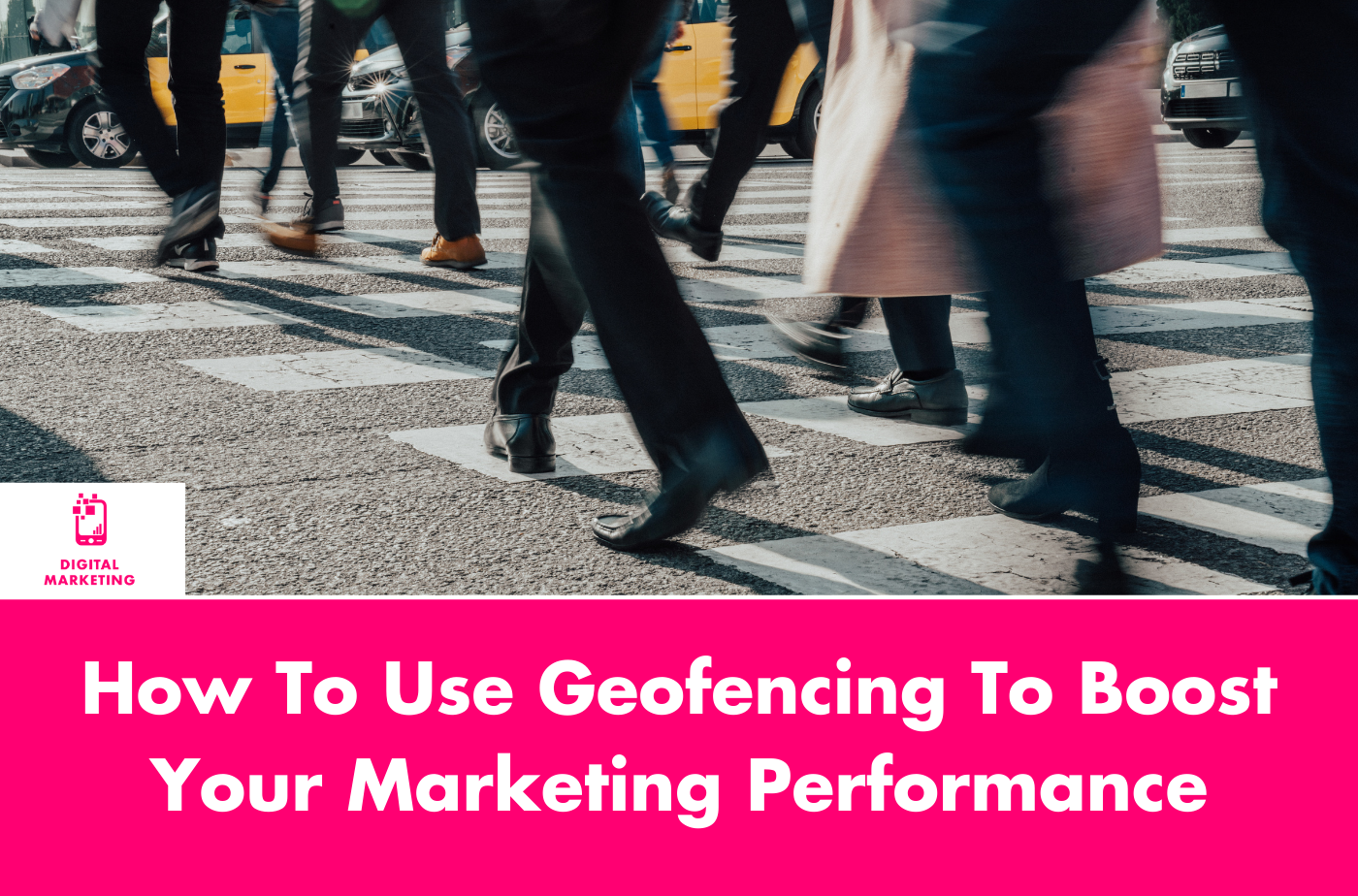Geofencing is a location-based digital marketing tool that lets marketers send messages to smartphone users in a defined geographic area.
At Zozimus, we use geofencing to help our clients deliver specific advertisements based on the target audience’s exact location. Click here to read how we applied this to lower the cost per patient by 29% for Omnipod.
Geofencing campaigns can be set up across multiple types of online advertising campaigns, such as search engine advertising, display advertising, remarketing, and video advertising.
What we are seeing with our clients is that geofencing is extremely effective in driving people to a physical location. When geofencing is layered on top of an existing campaign, we see an immediate boost in performance.
For local businesses, the more locally targeted your message is, the better it’s going to perform when your customers are local.
Here are three examples of how we have helped businesses use geofencing to boost the performance of their digital marketing efforts.
Geofencing for Retail
A retail store created a geofence around a competitor’s location, so that when a shopper was in that location and performed a search looking for product information, that the client’s ad showed up.
By geofencing both the client store and the competitor’s location, we were able to show the number of people who left the competitor’s location and came to the client’s store. Learn how we turned pet stores into must visit locations for pet owners
Geofencing for Events
Companies can geofence event venues and then target attendees with ads. We have a client who used this technique to “virtual attend” dozens of events across the country. They used the data to better understand the mindset of the attendees and also to help decide what events to attend in person or have a booth at in 2020.
Geofencing For Store or Business Openings
Geofencing is a great way to introduce a new business to its new neighborhood. Depending on the type of business, we are able to define the neighborhood by DMA, metro, zip code, or custom radius.
For a new client who was opening up their first location in Boston, we were able to identify people who had been in one of their competitor’s locations in the last year and target them with advertisements, introducing themselves to our client. By geofencing our client’s location, we were able to show how many people visited their location after seeing an ad, and what competitor location they had previously visited.
Geofencing Platforms
There are a lot of third-party companies that offer geofencing, but we are seeing the best results with Google, Facebook and Instagram.
David Wilson is EVP, Digital Performance and Analytics
BOSTON, MARS



